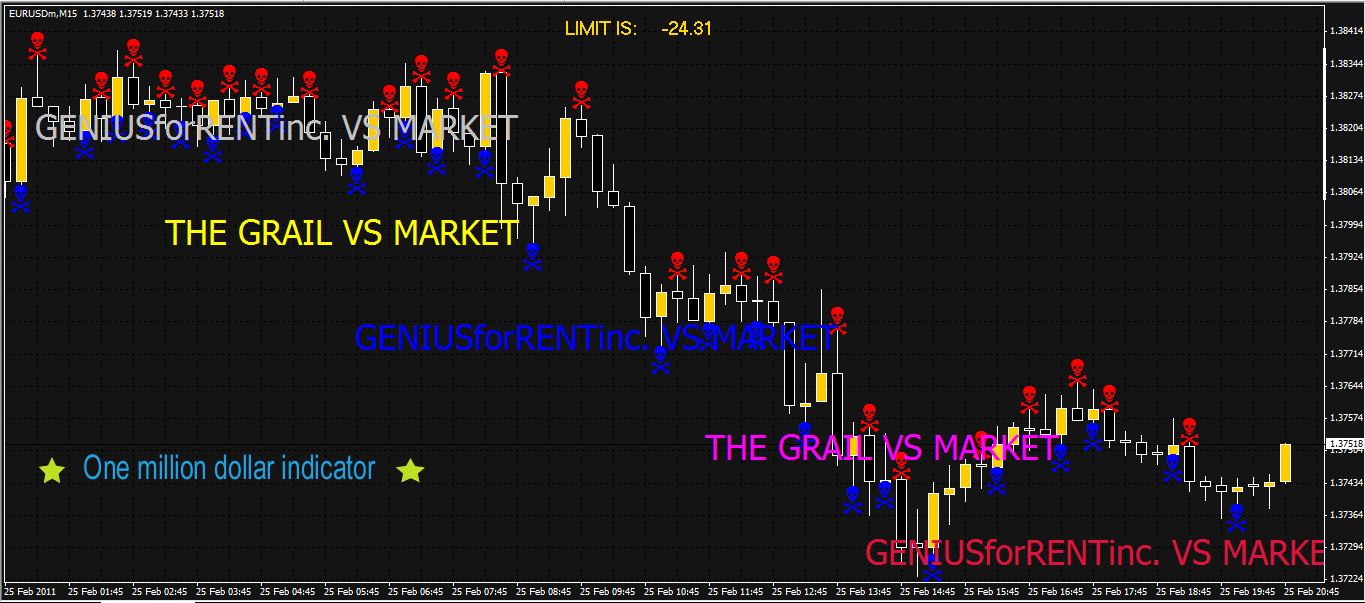A trading indicator is a mathematical calculation or visible illustration of market data used by traders and investors to investigate and forecast future price actions in monetary markets. These indicators help traders make informed decisions about shopping for or promoting property similar to shares, currencies, commodities, or cryptocurrencies. Trading indicators are an important a part of technical evaluation, a strategy that depends on historic worth and volume data to foretell future worth tendencies. There are numerous kinds of buying and selling indicators, every serving a specific objective. Some widespread kinds of trading indicators embrace:
Moving Averages (MA):
Moving averages smooth out price information by calculating the average worth over a specified time interval. They assist establish trends and provide support and resistance ranges.
Relative Strength Index (RSI):
The RSI measures the pace and alter of value movements to assess whether or not an asset is overbought or oversold. It ranges from 0 to a hundred, with ranges above 70 indicating overbought situations and levels under 30 indicating oversold conditions.

Moving Average Convergence Divergence (MACD):
The MACD is a trend-following momentum indicator that consists of two moving averages and a histogram. It helps determine modifications in the energy, direction, and duration of a pattern.
Bollinger Bands:
Bollinger Bands include a middle band (a moving average) and two outer bands that represent normal deviations from the center band. Additional reading assist determine volatility and potential reversal factors.
Stochastic Oscillator:
The stochastic oscillator compares the closing worth of an asset to its price range over a specified interval. It provides details about potential development reversals.
Ichimoku Cloud:
The Ichimoku Cloud is a comprehensive indicator that gives information about assist and resistance levels, pattern direction, and momentum. It consists of several traces and a cloud area.
Fibonacci Retracement:
Fibonacci retracement ranges are based mostly on the Fibonacci sequence and are used to establish potential support and resistance ranges. Traders use these levels to predict worth retracements.
Volume Oscillators:
Volume indicators, such because the On-Balance Volume (OBV), focus on trading volume. They help assess the power of value movements and potential trend reversals.
Average True Range (ATR):
The ATR measures market volatility by calculating the average range between high and low costs over a specified interval. It helps merchants set stop-loss and take-profit ranges.
Parabolic SAR (Stop and Reverse):
The Parabolic SAR indicator supplies potential entry and exit factors by plotting dots above or beneath the worth chart. It helps establish development reversals.
Williams %R:
Williams %R is a momentum oscillator that measures overbought and oversold situations. It ranges from -100 to zero, with values below -80 indicating oversold situations and values above -20 indicating overbought situations.
Average Directional Index (ADX):
The ADX measures the power of a trend, regardless of its path. It helps merchants assess the energy of a present development and potential pattern reversals.
Traders use a mixture of those indicators and others to develop buying and selling strategies, make informed choices, and handle danger. It's essential to notice that buying and selling indicators are not foolproof, and merchants should use them in conjunction with other forms of evaluation and risk management strategies. Additionally, the choice of indicators and their parameters can range relying on the dealer's particular trading fashion and goals..
